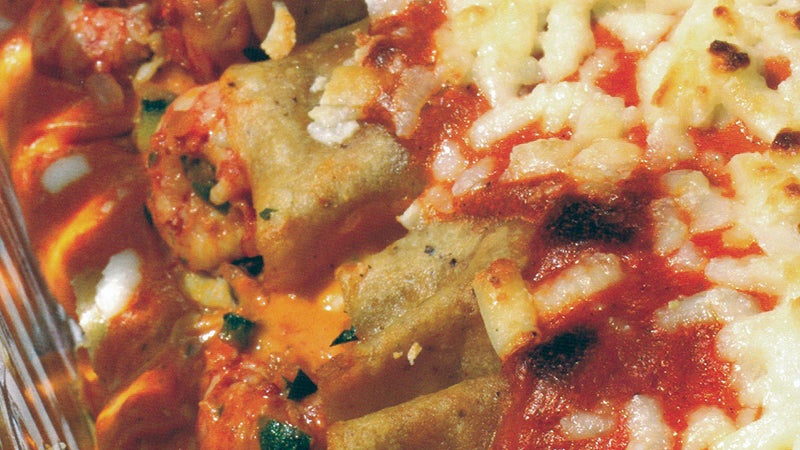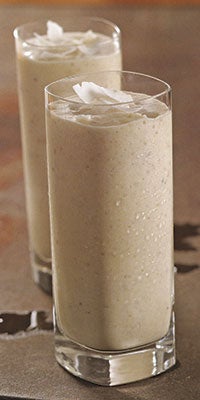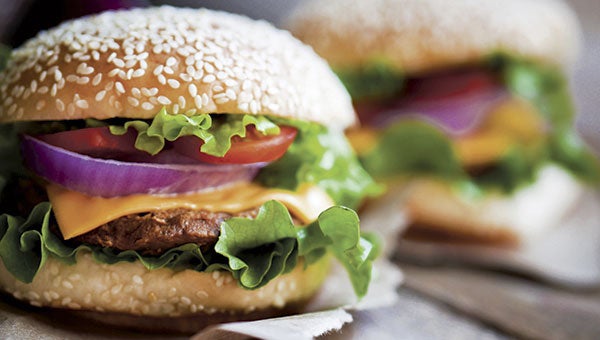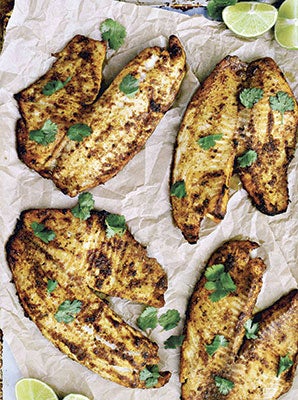Butternut squash, not just for the fall
Published 1:23 am Saturday, January 30, 2016
While pumpkin is the vegetable cultural mascot of Halloween and the fall season, butternut squash, arguably, is the culinary work horse. Pumpkin gets elevated, unnecessarily, to a position of superiority with the eponymous spiced lattes and Thanksgiving pies. However, rare is the cook or barista who actually cuts into the orange gourd.
I nominate butternut squash as the quintessential autumn and winter vegetable. It runs circles around pumpkin in terms of versatility, flavor and ease of use.
Our antipodean cohorts call it butternut pumpkin which may be a more appropriate sobriquet. It’s more than decorative; it’s like the pumpkin that you actually cook. It’s a complex medium that is all at once nutty, soft and moist when cooked, naturally sweet but also has a little of that amorphous quality that allows the cook to impart a variety of flavors.
The butternut variety of squash, a vegetable that has been around for at least several thousand years, was reportedly developed less than 70 years ago. In the 1940s, in Massachusetts, an ailing gentleman went to work in his garden. Charles Leggett, an unintentional Mendelian geneticist, created the butternut in his garden. His simple goal was to make a smaller, less ungainly variety of other squash common at the time. Though the butternut is still an awkward 3D violin shape, like a large hard beige eggplant, it is simple to prepare.
I’ve been experimenting with it in a plethora of dishes recently and one really can’t go wrong. It adds texture to a curry, color to pasta dishes and flavor to pizzas and salads. Soup is its traditional epicurean home. Bake a split gourd until soft and then purée the soft flesh scooped out of the shell. Add it to onions, garlic and sage, plus or minus red peppers with a splash of milk or cream and you have a heavenly soup. Homemade garlic croutons (cubes of old bread sautéed in garlic and butter) add a dash of fancy. The following recipe showcases the nutty and sweet aspect of the butternut and makes a simple (almost) vegetarian dinner entree.
Butternut squash, Kale and Bacon Pie
• Tinsley Anderson
1 1/2 to 2 lb butternut squash, skin removed, cut into 1/2 inch cubes (about 3
cups)
5 cups Kale (2 medium bunches)
1/4 cup water
4 slices bacon or 3/4 cup pancetta (diced)
1 medium onion
4 cloves garlic, diced
1 package phyllo dough (thawed)
1 red pepper (roasted, cut in 1/4 inch strips)
2 tbsp unsalted butter (softened, room temp)
3 tbsp olive oil
1/2 cup grated Parmesan or other hard salty cheese
Salt and pepper to taste
Preheat oven to 425.
Heat 2 tbsps olive oil in large sautée pan. When warm, not smoking, add cubes of squash. Add salt and pepper to taste. Cook until starting to soften and brown, approximately 5 minutes. Transfer softened squash to separate plate. Add 1/4 or cup Parmesan to squash when cool. Heat remaining tbsp oil and add bacon, onion and garlic. You can add more flavors here such as sage, red pepper flakes, cumin or other herbs. You can also add other vegetables here. Cook until onions are soft and translucent, approximately 7 minutes. Chop kale after washing and drying into small chunks and add with water to onion mixture. Salt and pepper to taste. Cook covered, stirring occasionally until kale softens and shrinks, about 5-7 minutes. Let kale mixture cool.
Use a spring form pan or other baking dish at least 2 inches deep and butter lightly.
Take individual leaves of phyllo dough and layer across pan in one direction and then across perpendicularly. Dough should flop outside, over pan and bottom should be layered with 2-3 layers of phyllo. Spoon a layer of the kale mixture on top (1/2 of mix). Add squash and parmesan on top. Add last of kale on top of squash. Fold over leaves of phyllo. Fold 2 sheets of phyllo in half and pat over top of pie so that the entire top is covered. Brush butter on top of phyllo. Bake for 20-25 minutes until top of dough begins to get brown. Add strips of roasted red pepper in a decorative fashion and sprinkle remainder of Parmesan on top. Put back in over for remaining (turn oven off and let ambient heat melt cheese).
Let pie cool slightly. If using a spring form pan, let ring off and slide on to plate when cool.





